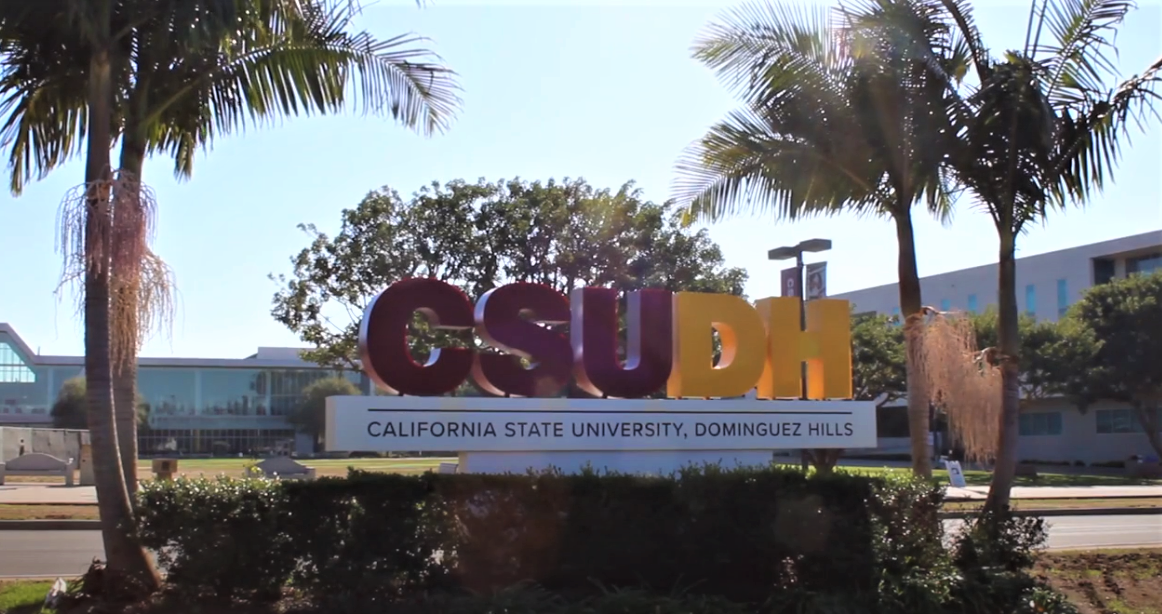By Jordan Darling,
Editor-in-chief
What the fall semester in 2020 will look like at this campus is anybody’s guess right now. Will, there be a limited opening with smaller class sizes to maintain social distancing protocol; will everything be online; will there be a hybrid?
Who knows? There are too many variables, from the amount of state funding the CSU will receive, to how much hand sanitizer the university will have, to confidently predict what the fall will bring
But the person who will know first is CSUDH President Thomas A. Parham, who digitally sat for an interview with the Bulletin on April 30 before opening up to the greater campus during Tuesday’s town hall. Students, staff, and faculty virtually lined up to air their concerns, offer suggestions, or just seek information about what the new normal will look like.
On-Campus Operations
With the summer semester already confirmed for a virtual format, the biggest question is what will happen to courses in the fall. In the town hall, campus administration presented three options: face-to-face interactions; keep the campus in a virtual setting, or a hybrid of the two that would have Toros returning to campus midway through the semester.
There was no consensus for instruction preference, as comments were a mixed bag with many voicing concerns over health and safety standards and instruction quality
“One size doesn’t fit all [and we have to] be open to the idea of blended learning,” Raul Guzman director of the OSCHA Training Institute at CSUDH said. “90 percent online 10 percent come in a controlled environment.”
Classes switched to an online format mid-March and students and faculty struggled to adjust to the teaching platform. Some professors and students found their niche in the time provided but the challenges of online instruction for many students remain.
[“There is a] concern for students that have disabilities,” Caroline Lee a student at CSUDH said. “What efforts are being made for students going forward? Virtual [instruction is] harder… Emails [are] disruptive, [professors might] not [be] getting them. [You] can’t forget the disabled student census.”
The disruption of online learning has also hit Toros who have technological difficulties. Lisa Mastramico, the internship coordinator for the communications department, questioned how the campus was going to keep up the equity of learning for students who either don’t have access to the internet or are relying on faulty equipment. Parham said that students will be able to check out laptops and that the campus is working on increasing bandwidth.
He also said that the decision whether to re-open the campus is complicated by the fact the university must factor into any decision information and guidance from the Los Angeles County health department as well as the state and federal government.
Student Funding, Tuition
Students have questioned what the university plans to do about tuition in the upcoming semester, particularly if classes are offered only online. Will tuition be dropped due to the quality of education being changed? Parham said that he highly doubted tuition would change because it is a system-wide decision but some of the campus fees like parking and housing have been refunded and they would probably be changed if the university transfers to online courses.
Parham also mentioned that students could receive some money through an alternative source. The CARES Act that Congress passed in March allocated $14 billion to the higher education sector with the stipulation that 50 percent of the money would go towards immediate relief for students and the other 50 percent would cover COVID-19 related costs on campuses.
Students who applied for FAFSA should start seeing the money pop up in their pending financial aid in their student portals. Unfortunately, international and undocumented students do not qualify for federal funding and the university is working to secure funding for those students.
Vice President of Student Affairs William Franklin made it clear that the university was working to ensure that students would have access to basic needs including a potential delivery service for students who are extremely food insecure.
As far as state funding is concerned, the administration can only guess as they wait for Gov. Gavin Newsom to submit the budget. Because tax season has been pushed back to July 1 the state will not know its budget until later in the summer. Parham said that the university is preparing for multiple scenarios including budget cuts and that there are no definite answers as of now.
Conclusion
CSUDH’s future is a mystery right now, with the administration’s hands mostly tied as it waits for further information from officials. The main point Parham made was that the university would not compromise the safety and health of the community.
“COVID-19 has forced us to reset and recalibrate what a new normal looks like,” Parham said. “Has it impacted us? Absolutely, but what I am most proud of is how the faculty and community as a whole have adapted to the health crisis.”

